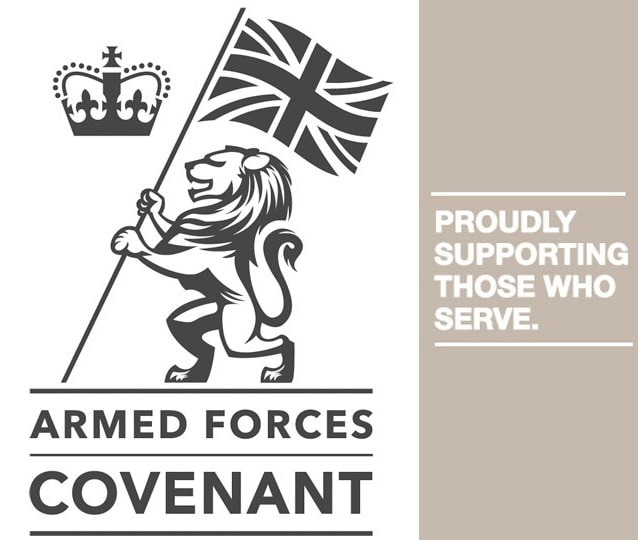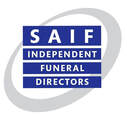All motorists at some point are likely to find themselves behind a slow-moving funeral procession. But how should you behave, and is it ever OK to overtake?
Our hearse usually travels at around 20mph, and even on busy roads, that speed has the potential to create long queues.
While drivers are often wary of appearing disrespectful by overtaking a procession, they also don't usually want to feel like they're intruding in the group by driving directly behind it.
A hearse will typically lead the funeral procession, which is usually followed by a chauffeur-driven limousine carrying immediate family and close friends. Other guests may also travel behind in their own vehicles.
While drivers are often wary of appearing disrespectful by overtaking a procession, they also don't usually want to feel like they're intruding in the group by driving directly behind it.
A hearse will typically lead the funeral procession, which is usually followed by a chauffeur-driven limousine carrying immediate family and close friends. Other guests may also travel behind in their own vehicles.
Why does a funeral cortège travel so slow?
If you find yourself meeting a hearse or funeral cortège on the road, what should you do?
|
Oliver recommends road users should follow these tips:-
If you are part of the cortège in your own vehicle.If you are a family member or friend of the deceased who has been invited to join the cortège in your own vehicles, here are things you can do to make sure you stay with the group:-
|


